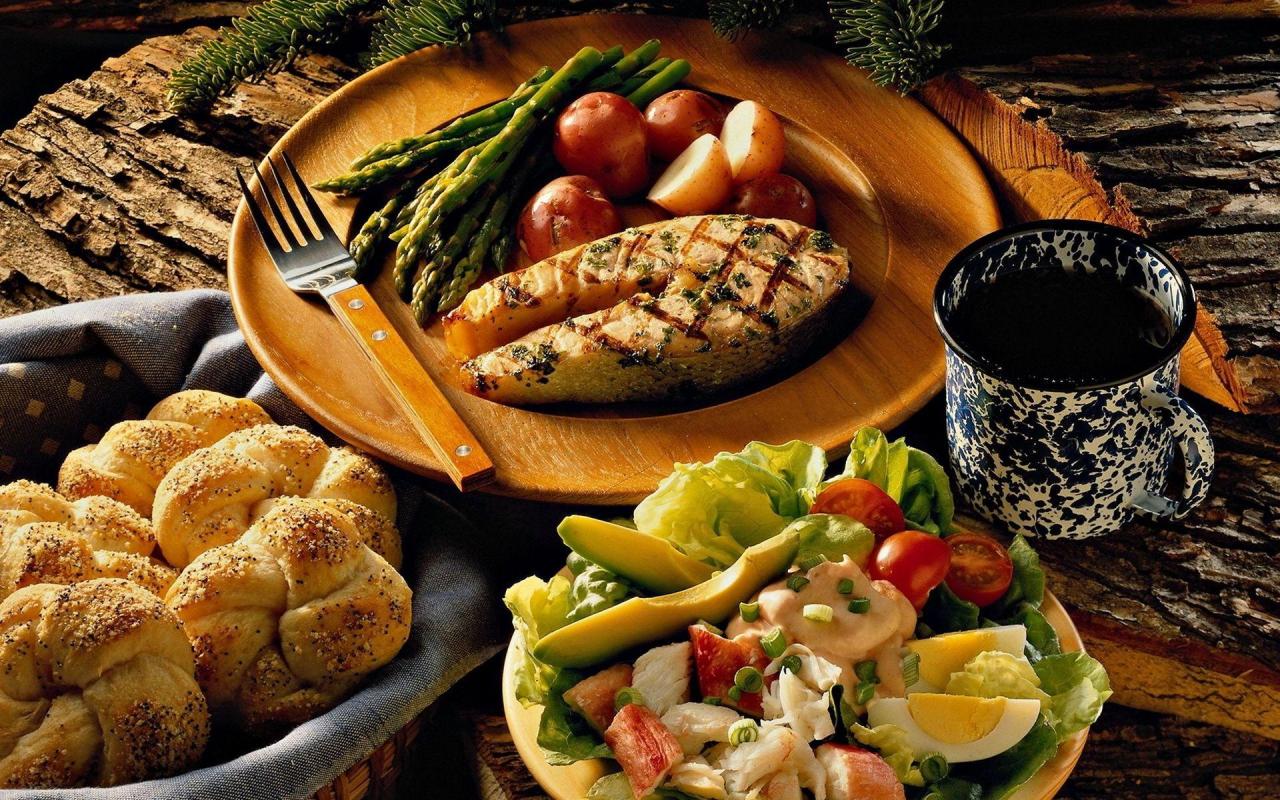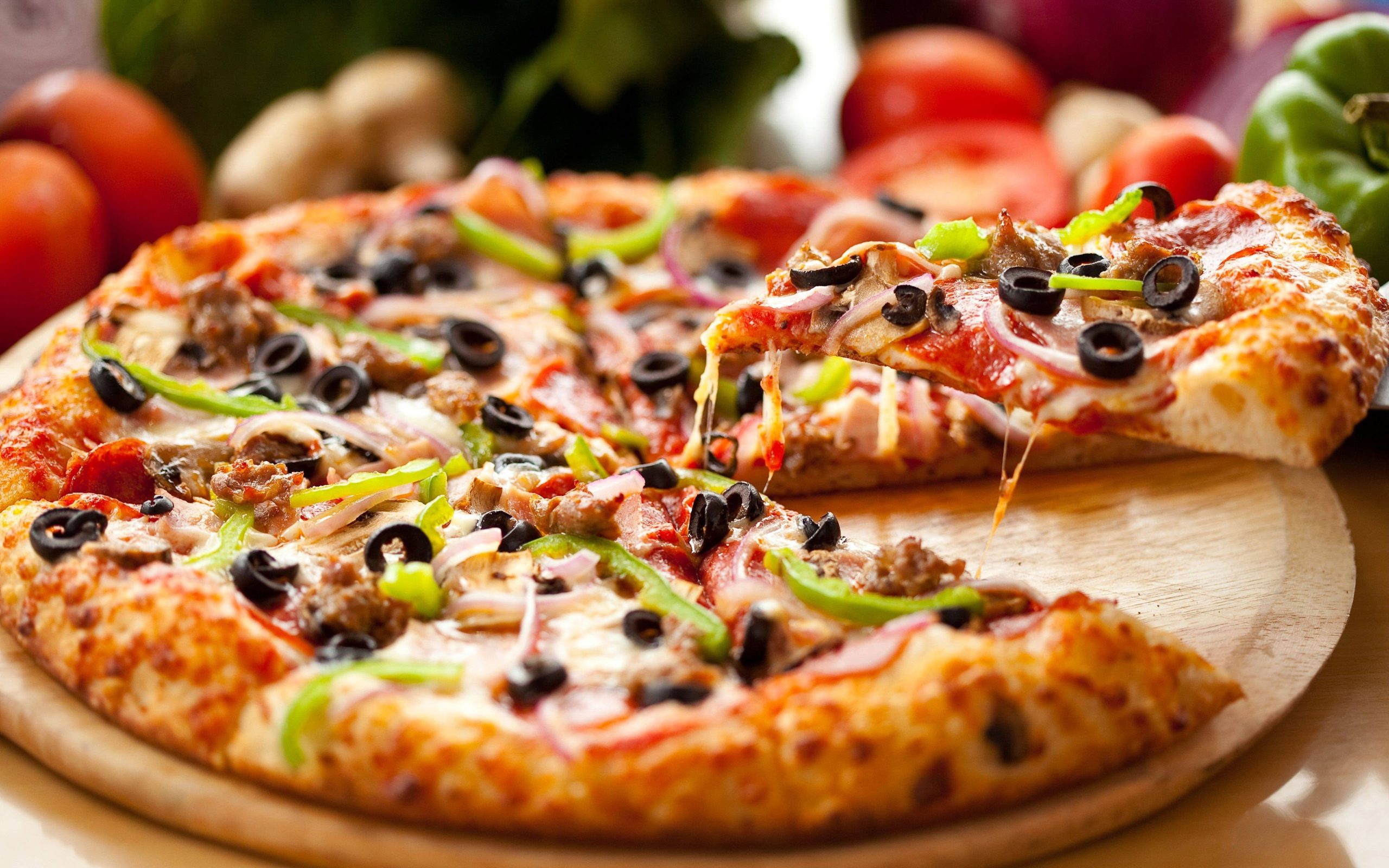Italian cuisine is a global phenomenon, celebrated for its rich flavors, fresh ingredients, and the sheer joy it brings to the table. From the simplest pasta al pomodoro to an elaborate regional specialty, food in Italy is more than sustenance; it’s an art form, a cultural cornerstone, and a language in itself. Naturally, a language so deeply intertwined with gastronomy offers a vibrant palette of words to describe the ultimate culinary experience: "delicious."
While "delizioso" is the direct translation many learners first encounter, it barely scratches the surface of how Italians truly express their appreciation for a mouth-watering dish. To truly capture the nuances of Italian culinary delight, one must delve into a lexicon that reflects varying degrees of pleasure, specific qualities of food, and the cultural context surrounding the act of eating. This article will explore the rich tapestry of words and phrases Italians use to say "delicious," offering insights into their usage, grammatical considerations, and the cultural underpinnings that make Italian food language so expressive.
The Ubiquitous "Buono": The All-Purpose Workhorse
Let’s start with the most common and versatile term: buono.
Literally meaning "good," buono is the everyday hero for describing anything pleasing, and food is no exception. It’s the simplest, most direct, and often most heartfelt way to say something tastes good.
- Usage: Buono can be used for virtually any food item, from a piece of fruit to a complex meal. It’s suitable in almost any social context, from casual family dinners to more formal settings.
- Grammar: As an adjective, buono must agree in gender and number with the noun it describes.
- Il caffè è buono. (The coffee is good – masculine singular)
- La pizza è buona. (The pizza is good – feminine singular)
- I dolci sono buoni. (The desserts are good – masculine plural)
- Le mele sono buone. (The apples are good – feminine plural)
- Intensification: Italians often intensify buono using suffixes or adverbs:
- Buonissimo/a/i/e: "Very good" or "excellent." This is an extremely common way to express strong satisfaction. Questa pasta è buonissima! (This pasta is very good!)
- Molto buono/a: "Very good." Questo vino è molto buono. (This wine is very good.)
- Troppo buono/a: Literally "too good," but often used colloquially to mean "so good." Questa torta è troppo buona! (This cake is so good!)
- Exclamations: Buono! or Che buono! are common exclamations when tasting something delightful. Mmm, che buono questo sugo! (Mmm, how good this sauce is!)
While buono might seem basic, its widespread use and ability to convey genuine pleasure make it indispensable in the Italian culinary lexicon.
"Delizioso" and "Squisito": The Elegant and the Exquisite
Moving up the ladder of sophistication, we encounter delizioso and squisito. While both translate to "delicious" or "exquisite," they carry different connotations and are used in distinct contexts.
-
Delizioso (Delicious):
- Usage: Delizioso is indeed a direct translation of "delicious" and is perfectly acceptable. However, it often carries a slightly more formal or perhaps even a somewhat "foreign" feel when used excessively by non-native speakers. Italians use it, but perhaps not with the same frequency as buono or buonissimo in everyday conversation. It implies a delightful, pleasurable taste, often with a hint of refinement.
- Grammar: Like buono, delizioso is an adjective that agrees in gender and number.
- Questo piatto è delizioso. (This dish is delicious – masculine singular)
- La salsa è deliziosa. (The sauce is delicious – feminine singular)
- I formaggi sono deliziosi. (The cheeses are delicious – masculine plural)
- Le verdure sono deliziose. (The vegetables are delicious – feminine plural)
-
Squisito (Exquisite):
- Usage: Squisito elevates the praise to a higher level. It implies something truly exceptional, perfectly executed, and of superior quality. It’s often reserved for dishes that are not just tasty, but masterfully prepared, perhaps using rare ingredients or demonstrating remarkable culinary skill. It suggests a delicate and refined pleasure, a treat for the palate. Think of a gourmet meal, a perfectly aged cheese, or a finely crafted dessert.
- Grammar: Squisito also follows adjective agreement rules.
- Questo vino è squisito. (This wine is exquisite – masculine singular)
- La torta è squisita. (The cake is exquisite – feminine singular)
- I frutti di mare erano squisiti. (The seafood was exquisite – masculine plural)
- Le praline sono squisite. (The chocolates are exquisite – feminine plural)
Choosing between delizioso and squisito often depends on the specific context and the depth of your culinary appreciation. Squisito conveys a higher, more discerning form of delight.
Describing Flavor and Texture: "Gustoso," "Succulento," "Appetitoso"
Beyond general deliciousness, Italians have words that pinpoint specific qualities that contribute to a dish’s appeal.
-
Gustoso (Tasty, Flavorful):
- Usage: This adjective focuses specifically on the sapore (flavor) of the food. If a dish is gustoso, it means it’s rich in flavor, well-seasoned, and satisfying to the taste buds. It implies a depth and complexity of taste rather than just a pleasant sensation.
- Grammar: Adjective agreement applies.
- Questo arrosto è molto gustoso. (This roast is very flavorful – masculine singular)
- La zuppa è gustosa e ricca. (The soup is tasty and rich – feminine singular)
-
Succulento (Succulent, Juicy):
- Usage: Succulento is primarily used for foods that are wonderfully juicy and moist, making them particularly enjoyable. It’s often applied to meats, poultry, or certain fruits. It evokes a sensory experience of tenderness and richness.
- Grammar: Adjective agreement.
- Abbiamo mangiato un pollo succulento. (We ate a succulent chicken – masculine singular)
- La frutta era succulenta e matura. (The fruit was succulent and ripe – feminine singular)
-
Appetitoso (Appetizing):
- Usage: This word describes food that looks and smells incredibly inviting, making you eager to eat it. It focuses on the visual and olfactory appeal that stimulates the appetite, even before the first bite. A perfectly arranged plate or a fragrant aroma might be described as appetitoso.
- Grammar: Adjective agreement.
- Il profumo di questa lasagna è davvero appetitoso. (The smell of this lasagna is truly appetizing – masculine singular)
- La presentazione del piatto era molto appetitosa. (The presentation of the dish was very appetizing – feminine singular)
Hyperbolic Praise: "Divino," "Paradisiaco," "Spettacolare," and More
When a dish transcends mere deliciousness and approaches a transcendent experience, Italians reach for more emphatic, sometimes hyperbolic, expressions.
-
Divino (Divine):
- Usage: For food that is so good it feels otherworldly. It’s a strong compliment, suggesting perfection and heavenly taste.
- Questa mousse al cioccolato è divina! (This chocolate mousse is divine!)
-
Paradisiaco (Heavenly):
- Usage: Similar to divino, paradisiaco implies a taste that transports you to paradise. It’s for truly sublime culinary moments.
- Un gelato così buono è paradisiaco. (An ice cream this good is heavenly.)
-
Spettacolare (Spectacular):
- Usage: While a general superlative, spettacolare is often used for food that is not only delicious but also impressive in its presentation or overall impact.
- La cena di ieri sera era spettacolare! (Last night’s dinner was spectacular!)
-
Fantastico / Magnifico / Superbo (Fantastic / Magnificent / Superb):
- Usage: These are general superlatives that, when applied to food, convey immense satisfaction and enthusiasm. They are strong, positive descriptors for anything exceptionally good.
- Il tiramisù era fantastico! (The tiramisu was fantastic!)
- Che pranzo magnifico abbiamo avuto! (What a magnificent lunch we had!)
Idiomatic Expressions: Adding Flavor to Your Compliments
Beyond single adjectives, Italian offers colorful idioms that beautifully convey how delicious something is.
-
Da leccarsi i baffi (To lick one’s mustache):
- Usage: This is perhaps one of the most charming and common idiomatic expressions for "finger-licking good." It conjures an image of someone savoring every last bit of food.
- Questa carbonara è da leccarsi i baffi! (This carbonara is finger-licking good!)
-
Una vera bontà (A true goodness/treat):
- Usage: Bontà literally means "goodness." This phrase emphasizes that the food is a genuine delight, a real pleasure to eat.
- Il ragù della nonna è una vera bontà. (Grandma’s ragù is a true treat.)
-
Che goduria! (What a pleasure! / What a delight!):
- Usage: While not exclusively for food, goduria (delight, pleasure, enjoyment) is frequently exclaimed when eating something incredibly satisfying. It’s a strong expression of sensual pleasure.
- Il primo morso di quella pizza? Che goduria! (The first bite of that pizza? What a delight!)
-
Non c’è paragone! (There’s no comparison!):
- Usage: Often used to highlight the exceptional quality of a dish compared to others, implying it’s in a league of its own.
- La pasta fatta in casa? Non c’è paragone con quella confezionata! (Homemade pasta? There’s no comparison with packaged pasta!)
The Cultural Context: Why So Many Words for "Delicious"?
The sheer volume and variety of words to describe "delicious" in Italian are not accidental; they are a direct reflection of Italy’s profound food culture.
- Food as Identity: For Italians, food is deeply interwoven with regional identity, family traditions, and social gatherings. Every region, sometimes even every town, prides itself on its unique dishes, ingredients, and culinary heritage. This pride naturally translates into a sophisticated vocabulary for praising culinary achievements.
- The Art of Eating: Eating in Italy is rarely just about sustenance; it’s an experience. It involves slow enjoyment, conversation, appreciation of ingredients, and the shared joy of the meal. Such an important ritual demands a language rich enough to articulate every facet of that pleasure.
- Emphasis on Quality and Freshness: The "Slow Food" movement, originating in Italy, champions local, seasonal, and high-quality ingredients. This national appreciation for fresh, authentic flavors means that Italians are discerning eaters who can articulate precisely why something tastes good.
- Passion and Expression: Italians are known for their passionate and expressive nature. This extends to their descriptions of food. A simple "it’s good" might feel insufficient when one is truly moved by a culinary masterpiece. The language provides the tools for this emotional expression.
Conclusion: Savoring the Language of Taste
To say "delicious" in Italian is to embark on a culinary linguistic journey. While "delizioso" serves as a polite entry point, the true richness lies in understanding the spectrum of terms like "buono," "squisito," "gustoso," "succulento," and the many vivid expressions and idioms that paint a fuller picture of gastronomic pleasure.
Mastering these words not only expands your Italian vocabulary but also deepens your appreciation for Italian culture and its unwavering devotion to food. The next time you sit down to an Italian meal, don’t just stop at "delizioso." Listen to how the locals describe their food, experiment with different adjectives, and allow the language to truly express the depth of your culinary delight. Because in Italy, the taste of food is an experience, and its description is an art. Buon appetito!


